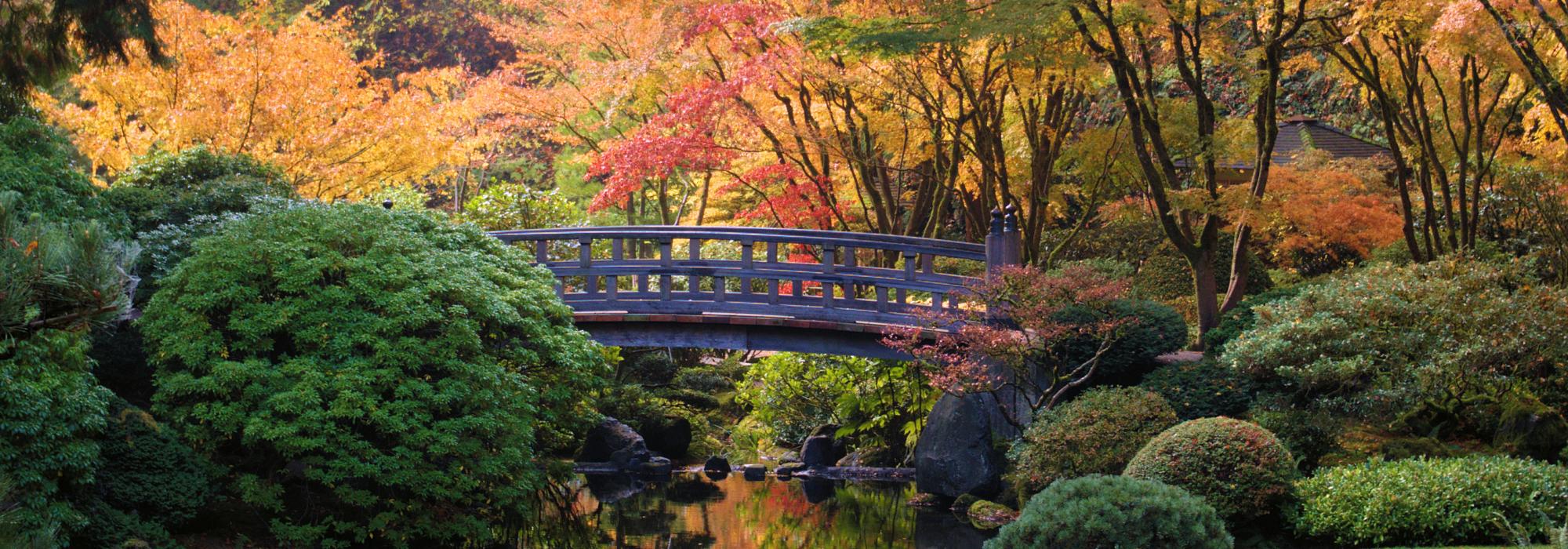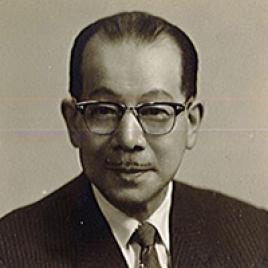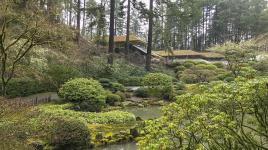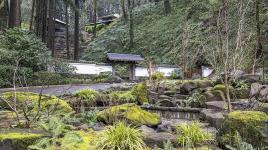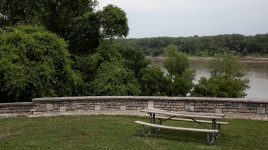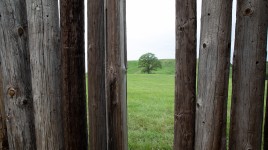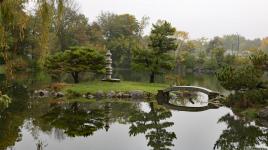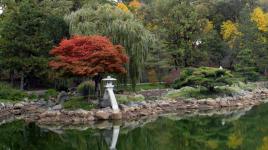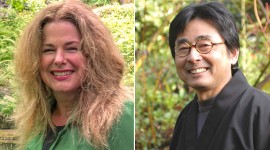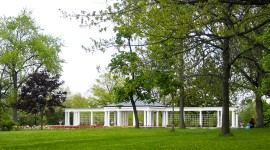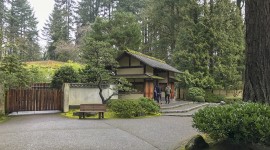Pioneer Information
Born in Osaka, Japan, Tono graduated from Hokkaido University in 1916, before earning a master’s in landscape design from Cornell University in 1921. As a graduate student, he assisted in the development of the Delaware Park Japanese Garden in Buffalo, New York, as well as the annual chrysantheum show at the Elmwood Music Hall. Following his graduation, Tono traveled west, designing private gardens and recreational landscapes in Michigan and California. He returned to Japan in 1923 and took a teaching position at Tokyo Agricultural University, where he eventually became head of the landscape architecture department. In addition to his academic work, he opened one of Japan’s earliest landscape architecture and planning firms. His practice produced more than 100 landscape designs that encompassed subdivisions, recreational spaces, and private and corporate gardens, including a garden for the office of Skidmore, Owings & Merrill on Ryukyu Island, Okinawa. Following World War II, Tono returned to the United States to serve as the chief consultant for the replica of the Ryoanji temple’s sand-and-stone garden in Kyoto, which was installed at the Brooklyn Botanical Garden but is no longer extant. In 1963 he helped establish a Japanese garden on the site of the former Washington Park Zoo in Portland, Oregon. Between 1961 and 1967, Tono traveled between Tokyo and Portland to oversee the development of the five-acre Portland Japanese Garden. His master plan consisted of five different garden styles that reflected historical developments in Japanese garden design. During this time, he also designed a Japanese garden for Audubon Park (now Memphis Botanic Garden) in Memphis, Tennessee. In addition to his design work, Tono was a prolific writer. He published several books on landscape architecture, including Gardens in Europe: Landscape Architecture (1928), A Secret of Japanese Gardens (1958), Japanese Gardens for California (1969), and Landscape Planning and Design (1970). He died at the age of 96.



